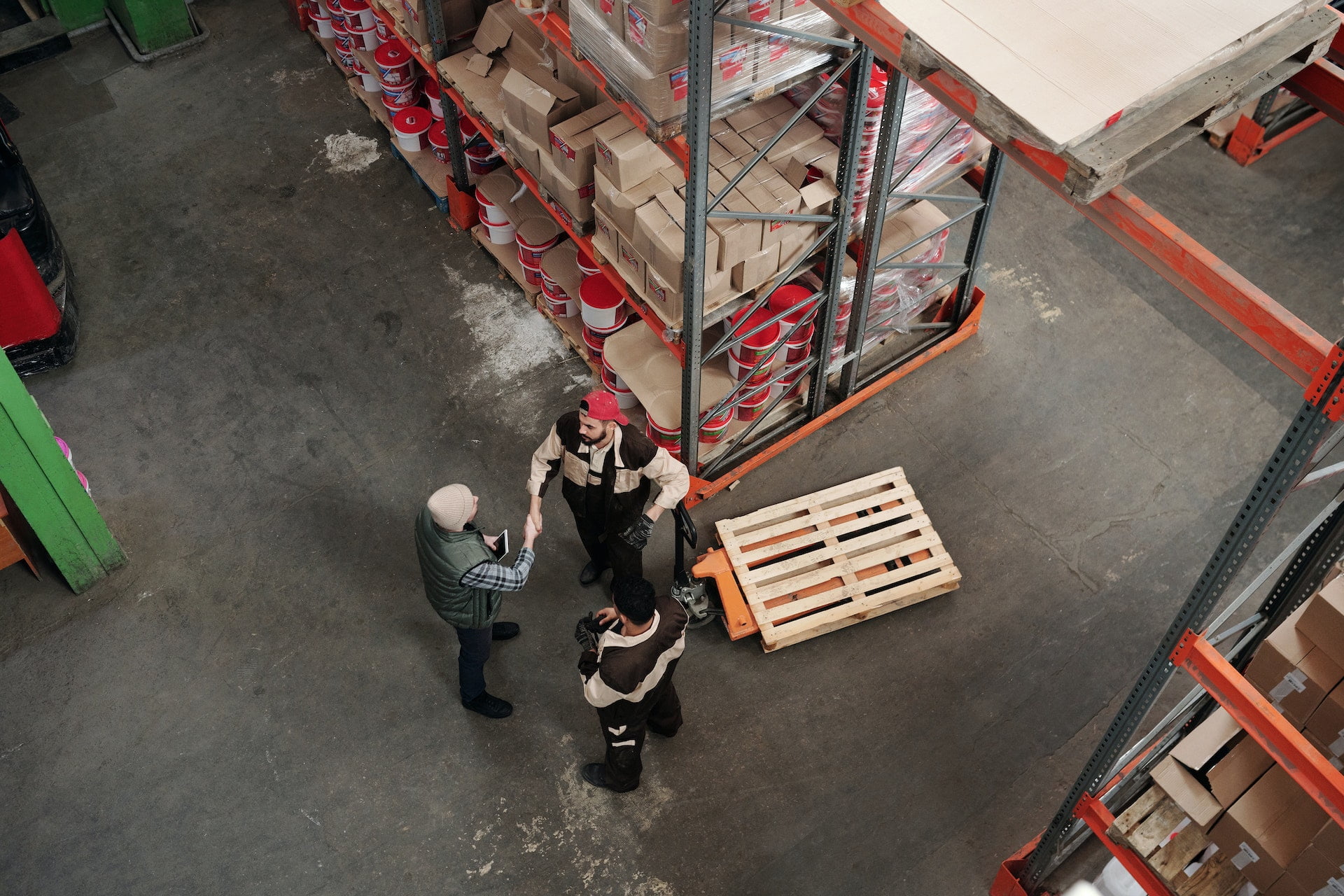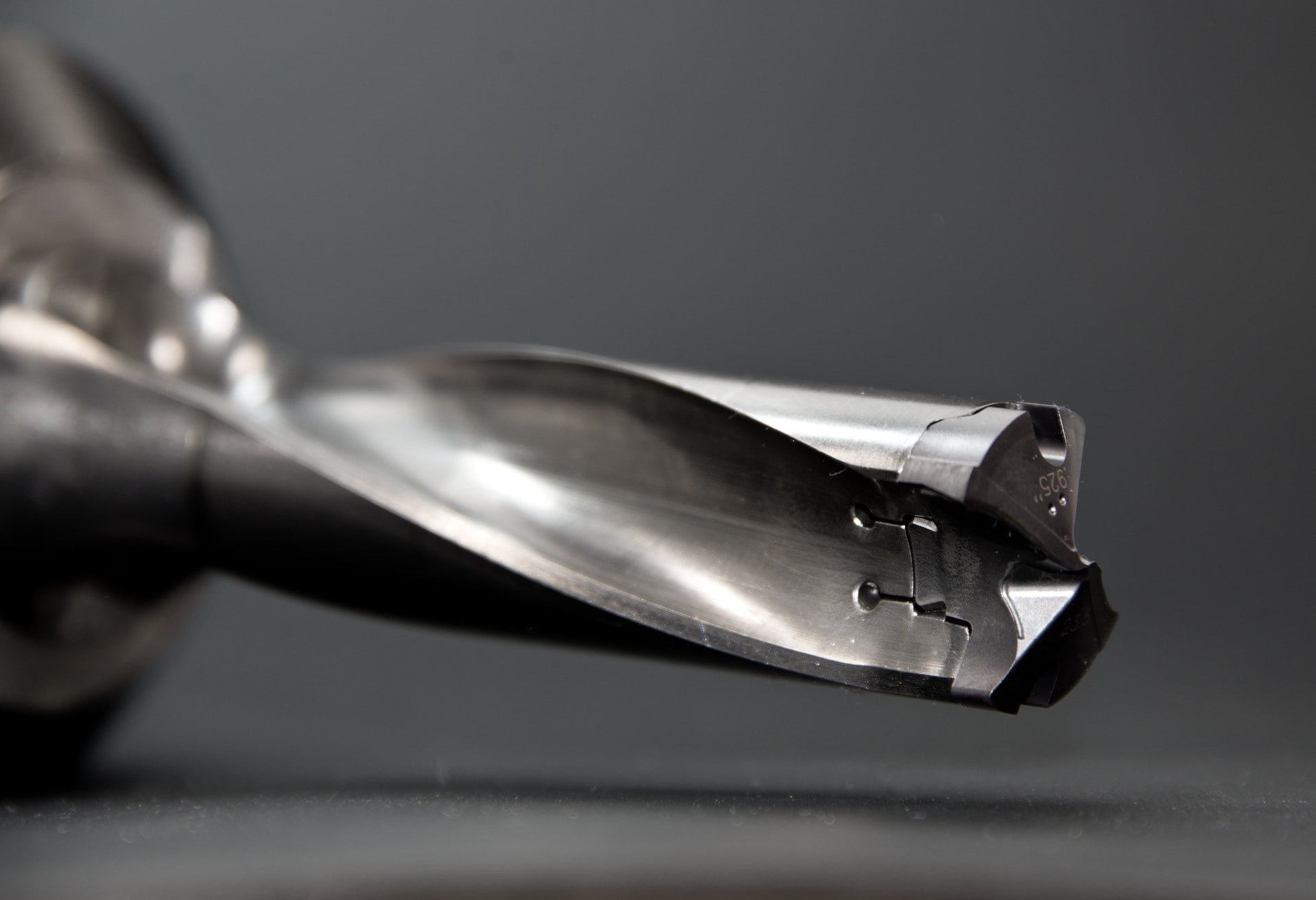Components for the automotive industry – what is created thanks to metal processing?
The car industry gives jobs to millions of Europeans, of whom Poles constitute a very large group. Every year, many components and accessories for vehicles are manufactured in our domestic industrial plants. What’s more, the automotive industry also provides space for the development of new technologies. Both cars and the production methods by which the parts are made are evolving. It is worth taking a closer look at the individual elements that, after CNC machining, can co-create the components of the finished car.
CNC machining product – what does it look like in the automotive industry?
What can be the product of machining with CNC machines? These are elements of varying degrees of complexity, sometimes relatively old, other times requiring a lot of refinement in the design office. We can distinguish parts for both internal combustion and electric engines, as well as elements of drive, steering and braking systems. For example, thanks to extremely precise tools, such as cutters, drills or taps, brake calipers are created, necessary to install brake pads. The quality of this element determines whether the driver can feel safe on the road, so processing and finishing must be carried out with the utmost care. The production line dedicated to the automotive industry may also include steering knuckles, gears, various types of housings, and even turbochargers.
In fact, the list of components is long, taking into account the capabilities of modern CNC machine tools, which are found in the most developed industrial plants. Due to the cost of equipping the machine park, orders for individual parts are often sent to various companies from around the world, having the best conditions for their processing. Before the car manufacturer releases it to the market, it has to wait for subcontractors to deliver about 80% of the final product.
Production for the automotive industry – why CNC?
CNC machines are perfect for machining, especially when it comes to production for the automotive industry. Their advantage is above all the precision with which individual numerically controlled tools work. Considering how complex a car is, any defect at the component preparation stage may cause the component to become dysfunctional and pose a threat to the vehicle user. What’s more, modern CNC machining methods allow not only the use of technical drawings, but also 3D models. This is made possible by the CAM module, which supports the planning of tool paths.


